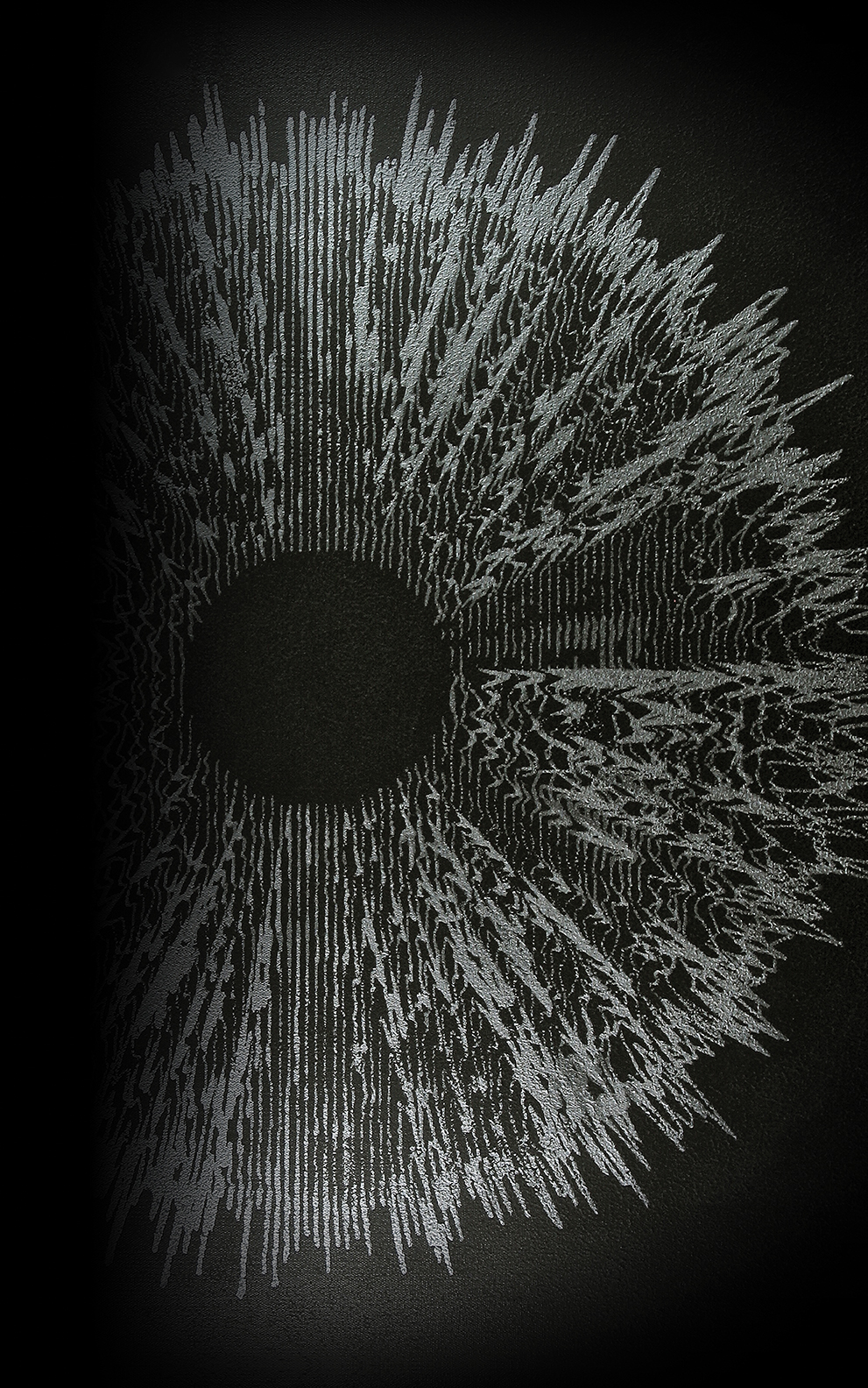The Element broadband absorber panels are a new product from Primacoustic. I have a Primacoustic Stratus ceiling cloud [Tape Op #114] installed in my mix space, and I have been happy with its performance. Unlike the Stratus system, which is built up from rectangular panels that are 2 ft × 4 ft in size (a standard layout for off-the-shelf acoustic treatment), the Element system utilizes hexagonal modules that are 16" across. Each hexagon is made of 1.5" thick, high-density glass wool wrapped in acoustic fabric. Twelve hexagons come in one box; and as you can imagine, you can install groups of them on your room surfaces in neat honeycomb patterns.
Do you really need to be lectured once again on how important it is to have a decently treated room? Probably not. But if you haven't heard the spiel before, continue reading. If you already know the drill, skip the next paragraph.
You spend all your hard-earned cash on a new set of monitors, a fancy EQ, an expensive DAC, or whatnot, and then you proceed to not hear what it is really doing because you have funky acoustics in your workspace. Seriously, with all the new apps and tools available for taking and analyzing acoustic measurements, as well as the many affordable acoustic treatment solutions that can dramatically improve your mixes and save you a mountain of time, there is no excuse for not taking the step to treat your room (and thus yourself) to a little acoustic attention.
Prior to installing the Element panels in my room, I had four 4" thick, 2 ft × 4 ft, fabric-wrapped Owens Corning 703 Fiberglas panels on the wall behind the console. This treatment has been functional, but I felt that its effect was just a tad too much; my room was slightly on the dead side. So, in the never-ending quest to dial-in the space, I was looking for a cost-effective, visually pleasing, and elegant alternative to treating that wall.
Installation of the Element panels was easy using the Push-On Impaler hardware (sold separately). These are metal plates with spikes that protrude out. You mount the plates on the wall using screws, and then push the panels onto the spikes. (Primacoustic sells a number of styles of Impaler clips for different mounting needs.) You will need a level, a pencil, tape measure, and drill. A friend is nice to have for checking your work, but not necessary. If you screw up, you can pull the panel off the Impaler and reseat the panel.
I was sent two different colors so I could mix and match the panels for an interesting visual. The other treatment in my space is black and gray, so that's what I requested for the Element panels. Plus, I live in Seattle, and with the winter and spring seasons we have had, these colors match the natural environs perfectly. (Black night, gray day.) But I digress.
I first laid the panels out on the floor to create a pattern that would fit the treatment area appropriately. Even with the panels installed in a straightforward pattern, the overall effect is stylish but not over the top.
With the original 4" panels gone and the Elements installed in their place, there is a little extra life back in the room, which is welcome, but there is still a controlled feeling at the mix position. The look is much cleaner and more "finished" than what was previously there; although not imperative sonically, for me, a workspace that is visually appealing is nicer to work in. I also gained back a bit of the room space-wise with the lower profile Element panels, which makes it a little easier to get behind the console to rewire things.
Good acoustic treatment is essential for recording and mixing. Do yourself a favor and make the investment, and take it up a notch stylistically with a honeycomb array of Primacoustic Element hexagonal broadband absorbers.




_disp_horizontal_bw.jpg)